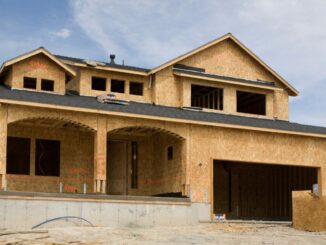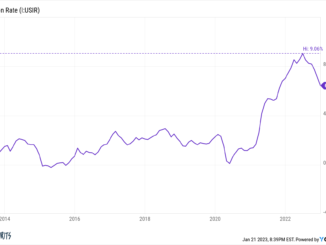
U.S. property taxes on single-family homes rose twice as fast in 2023 as they did in 2022, with a total of $363.3 billion levied compared to $339.8 billion one year earlier.
This is according to an analysis conducted by Attom, based on property tax data collected from county tax assessor offices nationwide at the state, metro and county levels.
The data also used an automated valuation model (AVM), and the analysis applied to 89.4 million single-family homes in the U.S. The yearly growth rate for property taxes in 2023 was 6.9% but was nearly half that in 2022, standing at 3.6%.
“Effective rates increased last year throughout much of the U.S. amid a combination of declining home values and rising tax bills,” according to an Attom news release.
Nationally, the average home value dipped 1.7% as the decade-long housing market boom cooled in 2023, especially in the second half of the year as median sales prices declined. The decrease in values and the increase in taxes added up to a small increase in effective rates.
The highest effective property tax rates were observed in Northeast and Midwest states, led by Illinois (1.88%), New Jersey (1.64%), Connecticut (1.54%), New York (1.46%) and Nebraska (1.46%), ATTOM reported.
Northeast states had seven of the 10 highest average property taxes in the country last year, Attom reported. New Jersey led the way at $9,488, which was nearly 10 times the average of $989 in West Virginia, the state with the nation’s smallest average levy.
Property taxes saw an “unusually high” increase in 2023, showcased by the serious differences between the most and least expensive expected rates, according to Attom CEO Rob Barber.
“The tax increases were likely connected, at least in part, to inflationary pressures on the cost of operating local governments and schools, along with rising public employee wages and other major expenses,” he said.
Rounding out the top 10 highest effective rates were Ohio (1.37%), Pennsylvania (1.33%), Vermont (1.29%), Kansas (1.26%) and New Hampshire (1.25%).
Conversely, the lowest effective rates tended to be found in Southern and Western states, with Hawaii (0.31%), Arizona (0.41%), Alabama (0.42%), Delaware (0.43%) and Tennessee (0.44%) finishing last year with the lowest rates.
Property taxes have become a larger burden for homeowners and are serving as an added challenge for housing affordability. According to a HousingWire analysis in October 2023, ”the median amount paid in real estate taxes in the U.S. rose 51.9% over the 10-year span from 2012 to 2021 — even after adjusting for inflation.” This was based on analysis of U.S. Census Bureau data from the American Community Survey.



